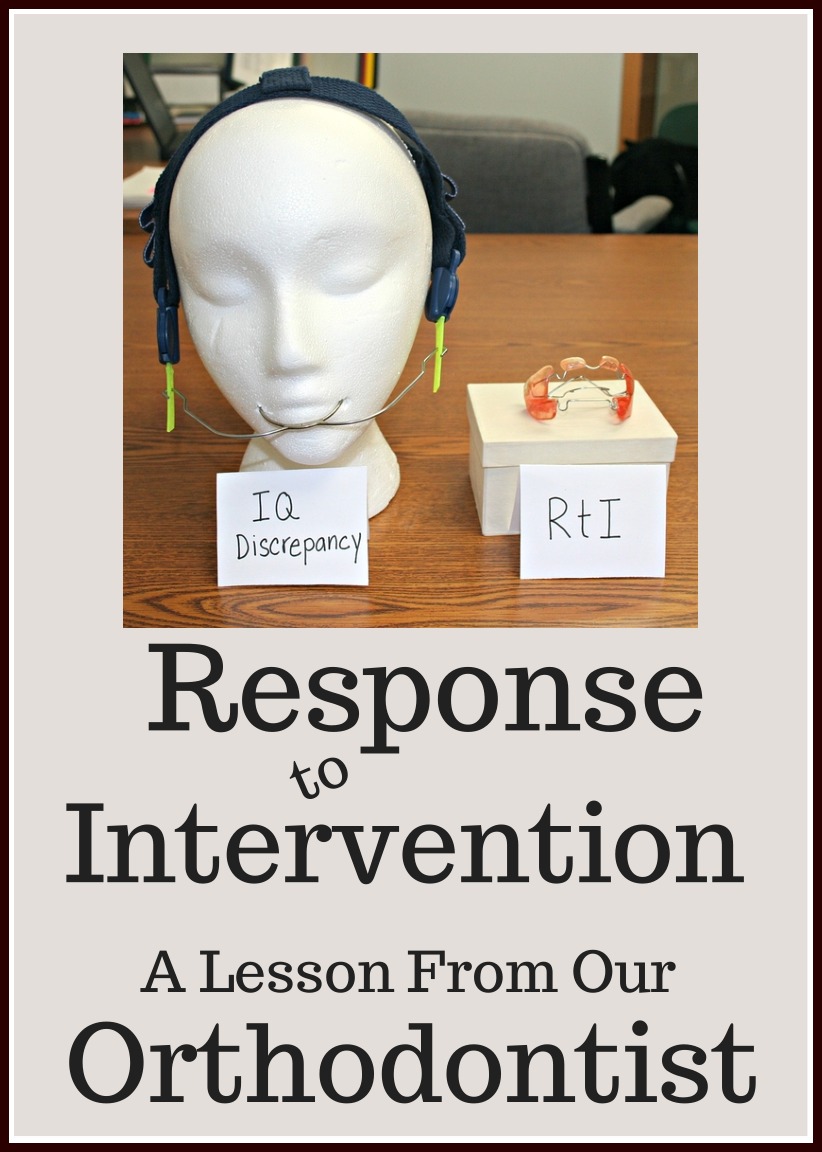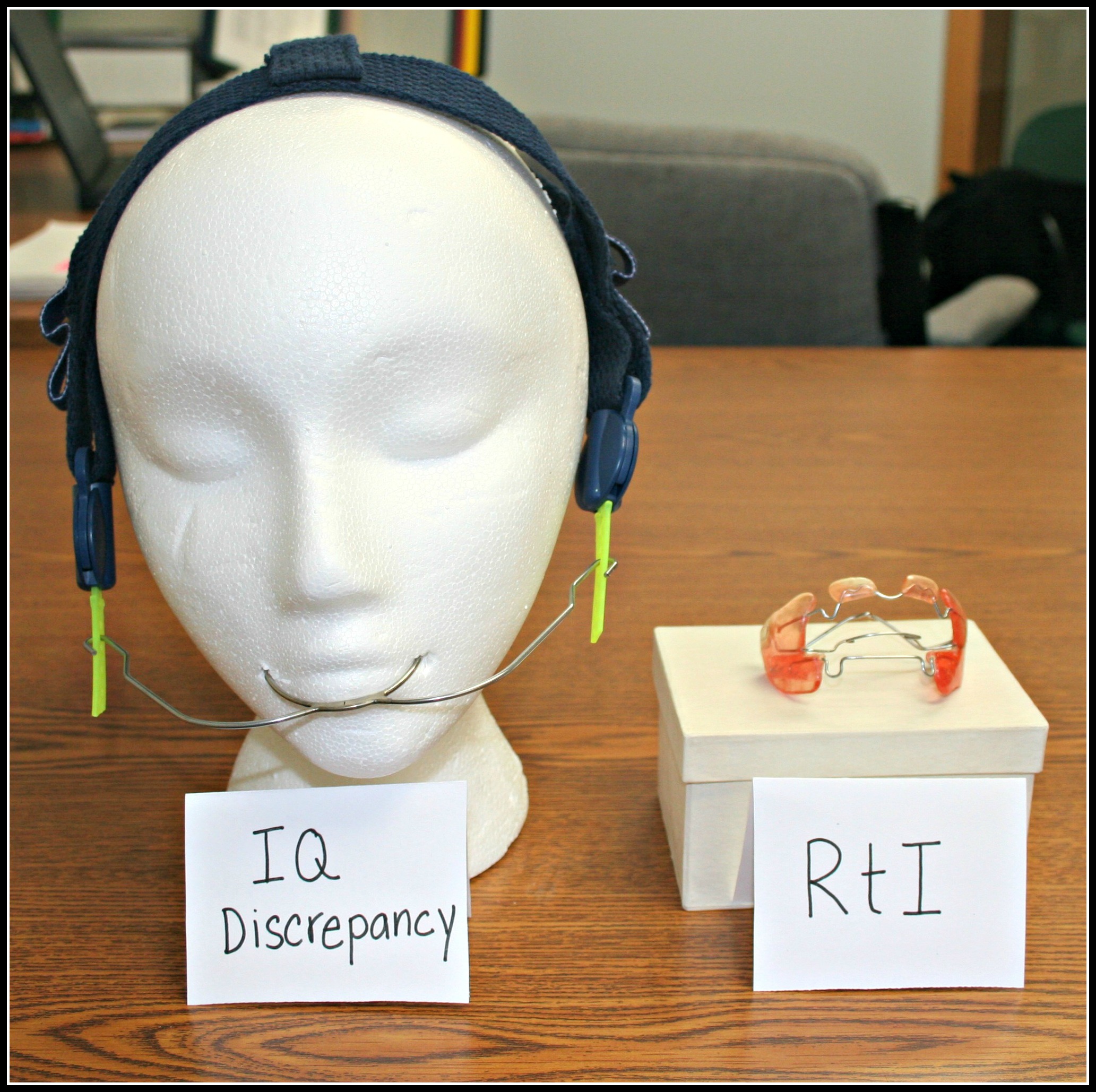My three children are now 20, 19 and 17. When Response to Intervention (RtI) was first introduced in our districts around 10 years ago, I was spending just about the same amount of time in the Orthodontist’s office as I was on the soccer fields. As our family Orthodontist explained, there was something about my husband’s and my genetic combination that contributed to our children’s very unique orthodontic problems. My son’s issues were mild compared to my two daughters. What was astounding to our Orthodontist was that Kassie and Lizzie had the opposite problem. Kassie had a severe overbite and Lizzie had a severe underbite (among many other issues). He informed us that out of the three very difficult orthodontic problems to correct, Lizzie had two.
Fortunately, I took the advice of a good friend who read that your child should first visit the Orthodontist at the age of five. Although our Orthodontist did not “intervene” at that time, I had a heads up of what was to come and my children were scheduled for periodic checks to see how they were developing. Years later, as I was preparing for a presentation on Response to Intervention, I couldn’t help but see the correlation with orthodontics nowadays to RtI. Let’s take Lizzie’s treatment for her underbite as an example.
Years ago, the correction of a severe underbite went something like this. The patient had to wait until about the age of 18 when the jaw bone had stopping growing. A very invasive surgery then ensued where part of the bone on either side of the lower jaw was removed and the remaining sections were wired together. The upper and lower jaws were then wired together for about six weeks. During this time, the patient could only sip from a straw. It was very painful. I had a friend who had this surgery in the early 80’s and I still have vivid memories of seeing her bruised and puffed face a few days following the surgery.
Let’s now fast forward to the orthodontic treatments of today. Fortunately, I took Lizzie for the orthodontic screening at a young age and then regular periodic checks as she was growing and developing. When the time was right, the Orthodontist started intervention– systematically moving structures around with devices such as a palate spreader to “make room” for her emerging teeth. When it was time to address the issue of the underbite, Lizzie was given a Frankel appliance. The device encouraged the growth of the upper jaw while slowing the growth of the lower jaw. Starting at the age of 7, Lizzie had to wear this rather large device 23 hours a day for one and half years. We visited the Orthodontist every 6-8 weeks where he would check Lizzie’s progress and make adjustments to her treatment as needed. Eventually, the time wearing the device decreased to the point where she only had to wear it at night and then not at all.
Well, that’s RtI in a nutshell- screening, early intervention, monitoring of progress, and changing intervention as needed until you get the desired outcome. Was it work? Yes. Was it expensive? Yes. Was it worth it? Absolutely!! Leaving her orthodontic issues untreated would have very likely affected her self esteem and, in addition, had physical repercussions later on in life. The same holds true for not addressing reading problems early on. So, let RtI do for your school and students what our Orthodontist did for Lizzie. Here’s Lizzie’s senior picture. She graduates from high school this year.
So what do you do with an orthodontic appliance when you no longer need it? Well, Lizzie wanted to make into a Christmas ornament-she is crafty. Eventually, maybe, but for now it’s still a prop for presentations.
Okay, for you “younger-ones”, the appliance on my mannequin is headgear that we slightly “older-ones” wore at night when we had those thick metal braces.





Leave a Reply